| Friday, December 07, 2007 |
| The China Chronicles - Id Kah Mosque and The Tomb of the Fragrant Concubine |
Between battling a lousy head cold, the snow, hosting a luncheon, and intermittent Internet problems, it's been a slow posting week. Sorry about that.
Back to Kashgar. In the center of Kashgar, stands the largest mosque in China. The Id Kah Mosque.
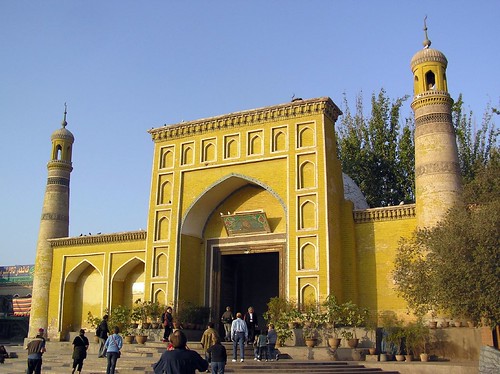
Started in 996 AD, the current mosque and the grounds were built around 1442. It can hold up to 20,000 worshipers, and is a real landmark for the Uyghurs (WEE-gur). The Uyghur people, a Turkic tribe of Central Asia, have occupied this region of China since about mid 600 AD. The region used to be known as Chinese Turkestan, or East Turkestan. This name is now illegal and associated with terrorist organizations by the Chinese. Because the Uyghurs were so isolated, they were largely left alone by the Chinese until the Nationalists set up shop in 1911. Even then, the Uyghurs staged two successful uprisings against the Chinese in 1933 and 1944 and established their own republic - the Islamic East Turkestan Republic. In 1949,when the Communists came to rule, the PRC officially annexed the area with the help of the Russians.
Nonetheless, the Uyghurs are fiercely independent and many of them still consider the Han Chinese an occupying force. Their language is written in Arabic, and most of the people older than me do not speak or understand Chinese. Chinese is compulsory in all schools in Xinjiang province today.
9/11 provided the Chinese government all the opportunity they needed to continue a program of oppression against the Uyghur separatists, under the guise of anti-terrorism. The Chinese claim it is simply following "National Policy".
The point of explaining all of this is to underscore this "National Policy" in respect to this, and all other mosques in China. The local Communist Party leaders in Kashgar (which coincidentally are all Chinese - not Uyghur) select the Imams. This is like our elected officials picking Bishops, Cardinals, and even the Pope for the Catholic Church. Traditionally, the Muslims have the "official" Imam selected by the Party, and an "unofficial", or local imam selected by the people. This control has also been demonstrated more publicly with the Tibetans, where the Chinese government is now selecting lamas sympathetic to, or controlled by, the Party.
One of the more frustrating aspects of this portion of our trip, was that our handler, who was a Kashgar middle school teacher, and a Uyghur, was also a very ambitious young Communist Party member. As a result, we got the politically correct version of all the sites, with no reference whatsoever to any political strife or discord. We were even dismissed or admonished once or twice when someone asked a sensitive question. And yet, at this very mosque, a small riot broke out between the Muslims and Chinese officials as recently as 2003 when the government took over a rose garden to build a series of shops next to the mosque, and a number of men were executed as terrorists as recently as February of this year.
None of that drama detracts from the beauty of the mosque. Especially in the early morning light. And it was exceptionally early. In its governing wisdom, China has a single time zone throughout its enormous country. Therefor, places like Kashgar have a "local time", while government offices and public institutions run two hours later on Beijing time (BT). Our handlers kept us on BT, so we started touring at 10:00 AM, which was only 8:00 AM local time. At least the light was good.
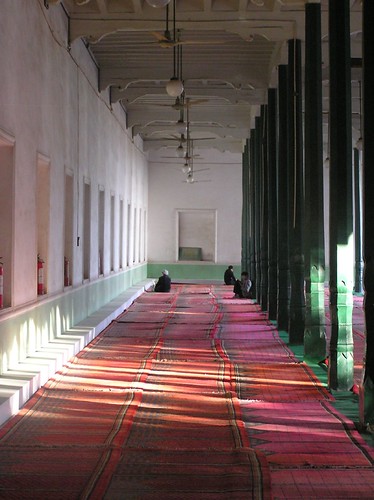
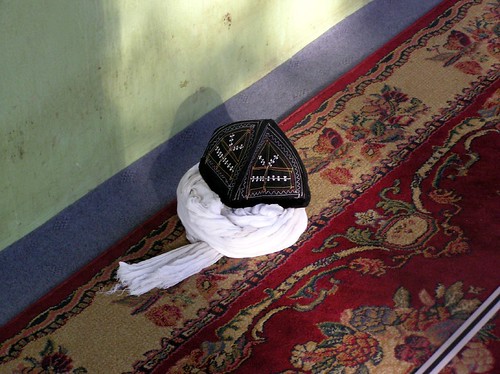
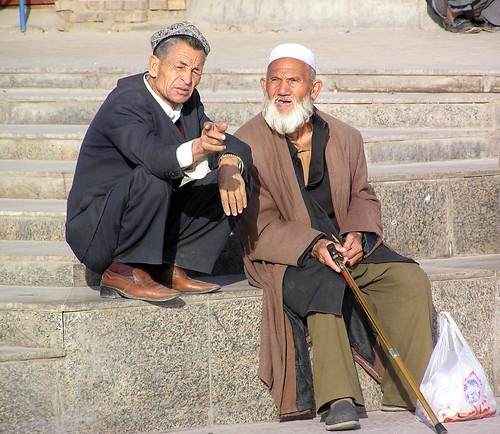
The other important landmark, the site considered the most holy Muslim site in China, and a site which also drives home the different views of the Uyghurs and Chinese is the Abakh Khoja Tomb, also known as the "Tomb of the Fragrant Concubine".
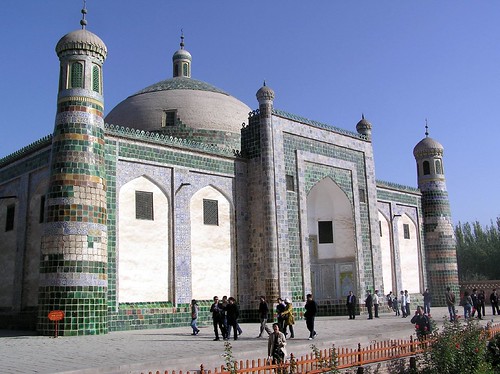
The tomb houses her grandfather, the most revered Muslim in Kashgar history, and five generations of his family. The Concubine isn't even buried here, but the legend remains. The Uyghur version is that the Emperor Qianlong visited Kashgar in 1760 and was taken by a young girl called Iprahan known for her naturally pleasing fragrance. The Emperor steals her, and takes her back to Beijing. Loyal to her homeland, and refusing the advances of the Emperor, Iprahan conceals knives up her sleeves to ward off the advances of the Emperor. Eventually, she commits suicide rather than succumb to the Emperor, and becomes a martyr to the Uyghur people.
The Chinese version is that Iprahan was given by the Uyghurs as a gift to the Emperor to unite the people, and was carefully escorted back to Beijing. Upon arrival, she was inconsolable and homesick for Kashgar. The Emperor did everything he could to recreate Kashgar at the palace and finally brought her favorite tree, the oleander, to soothe her. Eventually, she fell in love with the Emperor, became his favorite, and was a symbol of national unity to her people. Upon her death, she was escorted back to Kashgar by 120 attendants in a procession that took three years. If she smelled good as a child, after three years in the desert being dead, I'm thinking she was not so fresh.
Depends on who you believe, and who is telling the story. I do agree that the legend's association with the tomb has somewhat trivialized what is otherwise a very holy Sufi Muslim site.
Regardless of who you believe, it is a beautiful place.
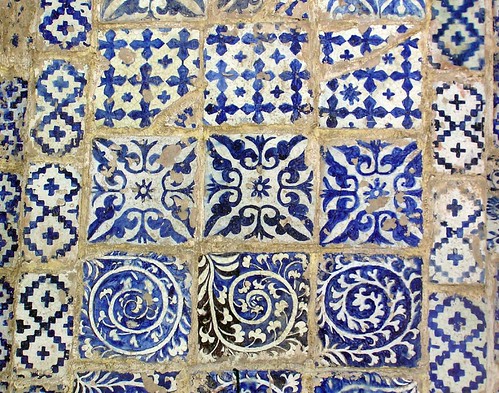
Two Uyghur men discussing life in the graveyard adjacent to the tomb.
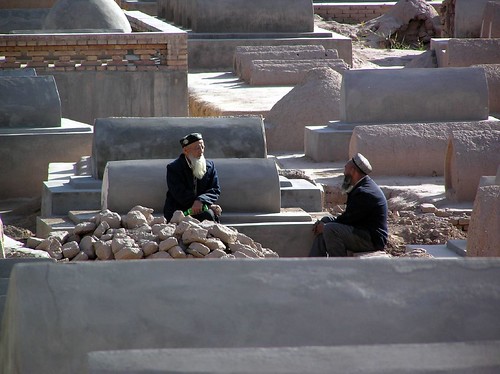
Next up: The amazing markets of Kashgar |
posted by Broadsheet @ 9:21 PM   |
|
| 2 Editorial Opinions: |
-
As I said during the "private screening" of these pics over Thanksgiving, you took some seriously beautiful photos on this trip. You should really enter some of them in a photo contest or something.
-
Wow - that means a lot coming from an art historian photography specialist.
Thanks. It's really hard to take a bad photograph in this region of the world, and there is a huge difference between a well composed photo and a truly artistic shot.
|
| |
| << Home |
| |
|
|


As I said during the "private screening" of these pics over Thanksgiving, you took some seriously beautiful photos on this trip. You should really enter some of them in a photo contest or something.